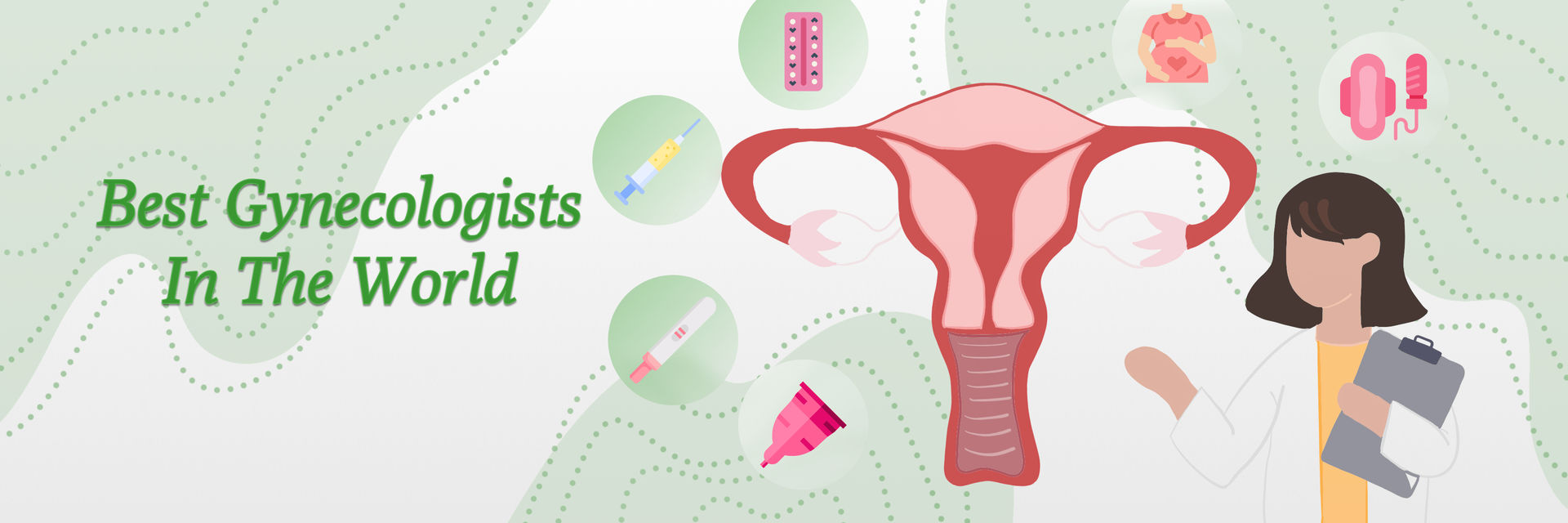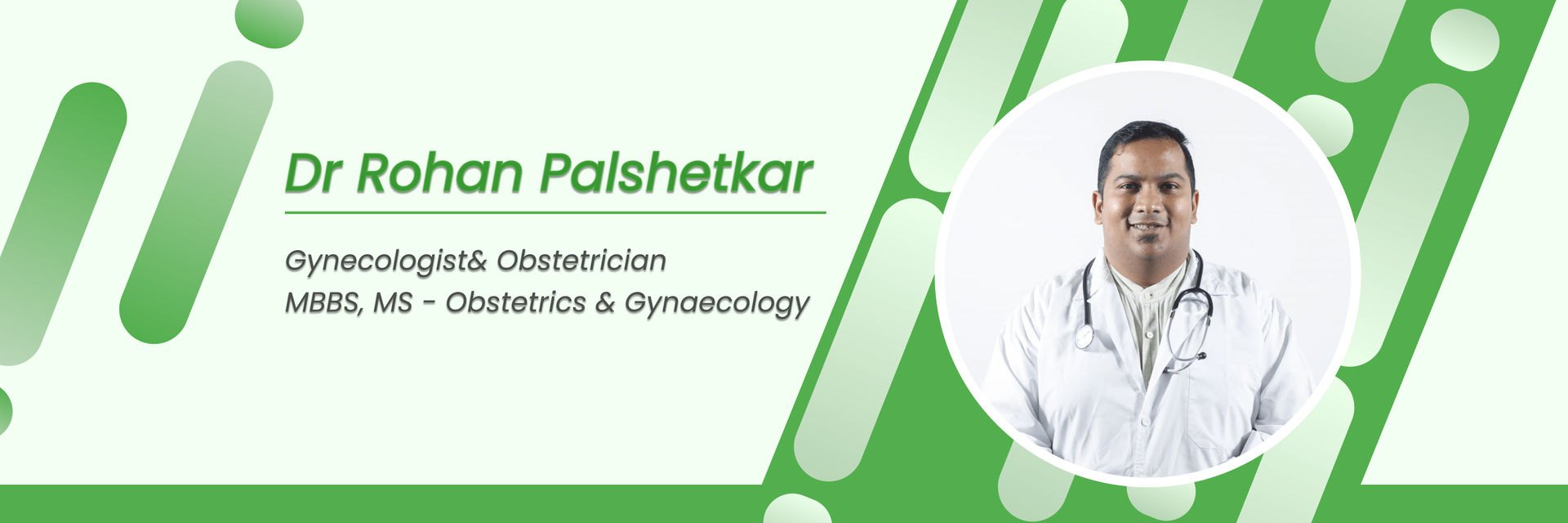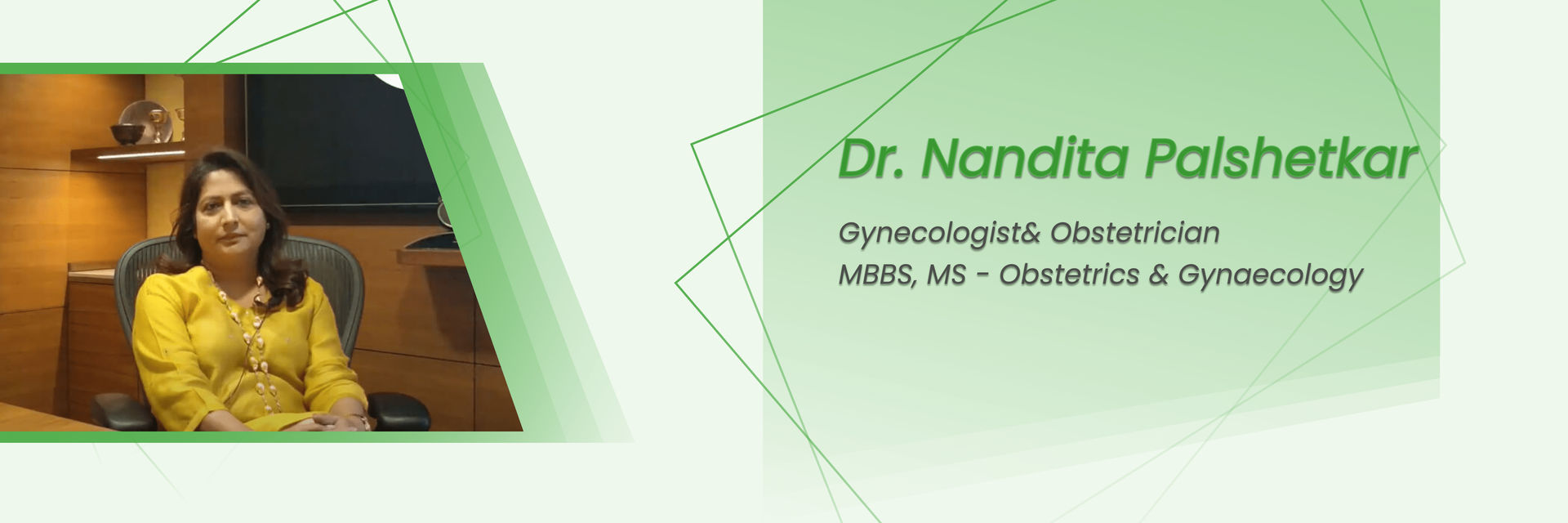Overview
Most people know what menopause is a natural hormonal transition every woman goes through. But very few talk about andropause, the male hormonal decline that affects millions of men after 40. Because of limited awareness, men often mistake their symptoms for stress, ageing, or lifestyle issues. This lack of knowledge results in delayed diagnosis, relationship strain, and unnecessary suffering.
Let’s find out the answers to the most searched user queries around andropause while shedding light on why men’s hormonal health deserves just as much attention as women’s.
What is Andropause?
Andropause is a condition in men caused by a gradual decline in testosterone levels, usually starting after age 40. It is also referred to as:
Unlike menopause, andropause is slow, gradual, and varies widely from person to person.
According to the BDC Health Blog article about andropause, many men experience symptoms but fail to connect them with hormonal changes because awareness is extremely low.
What are the Symptoms of Andropause?
Here are the most common symptoms of andropause:
Physical Symptoms
- Persistent tiredness and low energy
- Loss of muscle mass
- Weight gain, especially belly fat
- Sweating or hot flashes
- Decreased bone density
Sexual Symptoms
- Low libido
- Erectile difficulties
- Reduced sexual satisfaction
Emotional & Cognitive Symptoms
- Irritability
- Depression or mood swings
- Difficulty concentrating
- Low motivation
Most men experience 3–5 of these but do not link them to hormones.
What causes Andropause?
The primary cause is the decline in testosterone levels (about 1% every year after 30–35).
Other contributing factors include:
- Chronic stress
- Obesity
- Sedentary lifestyle
- Alcohol & smoking
- Sleep disorders
- Certain medications
- Thyroid issues
Andropause vs Menopause — What’s the Difference?
| Feature | Andropause | Menopause |
| Onset | Gradual (30s-40s) | Sudden (45–55) |
| Hormonal Change | Slow testosterone decline | Drop in estrogen/progesterone |
| Symptoms | Mild to moderate | Moderate to severe |
| Permanence | Progressive | Permanent |
| Detection | Requires blood tests | Clinical + tests |
Key Point: Men do NOT “stop producing testosterone.” They produce less, which causes the symptoms.
Why is Andropause ignored compared to Menopause?
1. Social Stigma: Men avoid discussing weaknesses or emotional changes.
2. Limited Awareness: Most men don’t know andropause exists.
3. Misdiagnosis: Symptoms are often blamed on stress or ageing.
4. Lack of Research: Men’s hormonal health receives far less global funding and attention.
How is Andropause Diagnosed?
Doctors may evaluate:
- Testosterone levels (morning blood test)
- Thyroid function
- Blood sugar & lipid levels
- Sleep patterns
- Mental health indicators
If testosterone is below the normal range, treatment may be recommended.
How to treat Andropause naturally?
1. Strength Training + Regular Exercise: Boosts testosterone naturally.
2. High-Protein, Anti-Inflammatory Diet: Include eggs, nuts, seeds, fish, leafy greens.
3. Quality Sleep (7–8 hours)
4. Stress Management: Meditation, yoga, deep breathing.
5. Reduce Alcohol + Quit Smoking
6. Vitamin D & Zinc Optimization
Medical Treatment Options for Andropause
If lifestyle changes aren’t enough, doctors may recommend:
- Testosterone Replacement Therapy (TRT)
- ED medications
- Counseling or psychotherapy
- Metabolic disorder management
Never start testosterone therapy without medical supervision.
Why health platforms need more expert content on Andropause
Men’s health is underserved online. While blogs like BDC Health Blog have begun covering andropause, the internet still lacks:
- Evidence-based articles
- Expert opinions
- Patient stories
- Mental health coverage
- Relationship guidance
To bridge this gap, platforms like ours invite doctors, writers, psychologists, urologists, and wellness experts to contribute high-quality men’s health content.
If you want to contribute your expertise, write for us and submit your article and if it meets our guidelines, we will publish it.
Conclusion
Menopause receives social, medical, and digital attention — but andropause remains largely neglected. Millions of men live with fatigue, mood changes, and hormonal imbalance without realizing there’s a name — and solution — for it.
By raising awareness, sharing expert content, and publishing credible health information, we can help men understand their bodies better and lead healthier, happier lives.
FAQs on Andropause
1. At what age does andropause start?
Usually between 40–55, but testosterone decline can begin earlier.
2. Can andropause be reversed?
Symptoms can be managed and improved through lifestyle changes and medical therapy.
3. Is andropause the same as low testosterone?
Andropause includes low testosterone plus emotional, physical, and sexual changes.
4. How long does andropause last?
It can last 10–20 years, depending on lifestyle and health factors.
5. Is andropause dangerous?
Not dangerous itself, but poor testosterone levels increase risks of heart disease, obesity, and depression.
6. Can exercise increase testosterone naturally?
Yes, especially weight training and HIIT.
7. Does every man go through andropause?
Yes, but symptoms and severity vary






